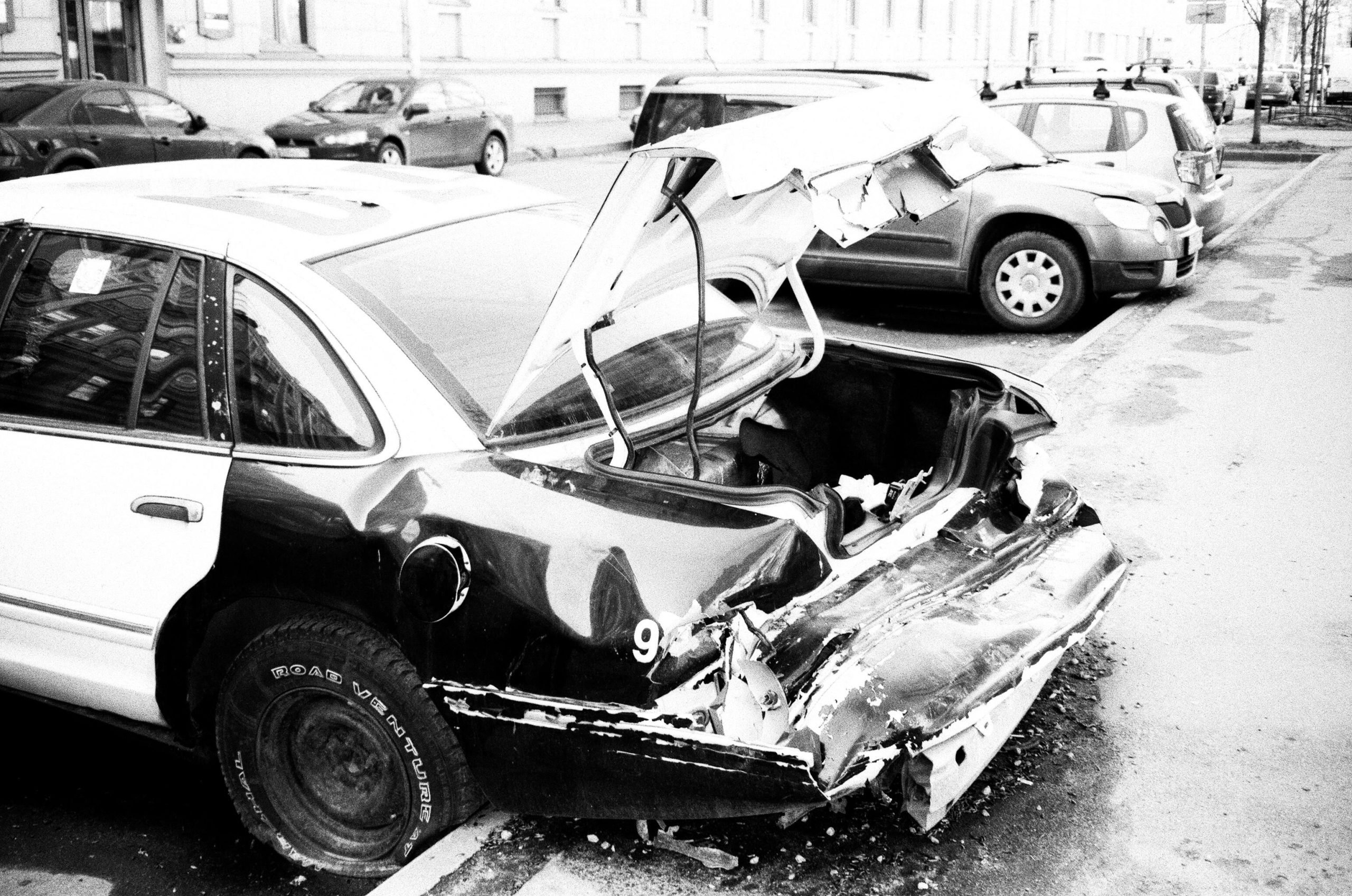Understanding Insurance and Repair Options After a Car Accident: A Guide for Vehicle Owners
Experiencing a car accident can be stressful, especially when it comes to navigating insurance claims and repair decisions. If you’ve recently been involved in a minor collision, you’re probably facing questions about whether to repair your vehicle, how much it might cost, and what your insurance coverage entails. Here’s a comprehensive overview based on common scenarios, designed to help you make informed decisions.
Case Overview:
- Incident Details: A minor collision where no airbags deployed, with the other vehicle merging into your lane on the highway, causing damage to the passenger side.
- Vehicle Status: The car is still operational but has visible damage—front bumper is dented, and the passenger door cannot be opened.
- Insurance Status: Insured and declared not at fault; repairs are being coordinated through an in-network repair facility.
- Financial Context: The vehicle is a 2019 electric model with an outstanding loan of approximately $12,000. Private valuation estimates put the car’s worth between $7,500 and $9,500, depending on condition. There is no gap insurance coverage.
Key Questions and Options:
-
Allow the Insurance to Assess and Repair
You can authorize the repair shop to proceed with repairs, trusting that the insurance will evaluate whether the repair costs are justified compared to the vehicle’s value. If repairs are completed and costs stay below the vehicle’s valuation, you may retain your car. -
Claim Total Loss if Repairs Exceed Vehicle Value
If the insurance determines repair costs are higher than the vehicle’s worth, they might declare it a total loss. You would receive a payout based on the car’s actual cash value, minus your deductible. Be aware that this payout typically goes directly to your lender if a loan exists, which may leave a remaining balance needing your attention. -
Salvage and Keep the Vehicle
In some cases, you could accept a salvage designation—receiving a payout minus salvage value—and retain ownership of the damaged vehicle. This process generally results in a salvage title, which can affect the vehicle’s future legality and value, potentially requiring reconditioning and certification for roadworthiness. -
Reject Immediate Repair and Seek Alternative Repairs
You might opt to temporarily decline insurance involvement, retrieve your vehicle, and seek repairs elsewhere at potentially lower costs. Keep in mind, insurance companies might still appraise and settle based on their own assessments, which could



